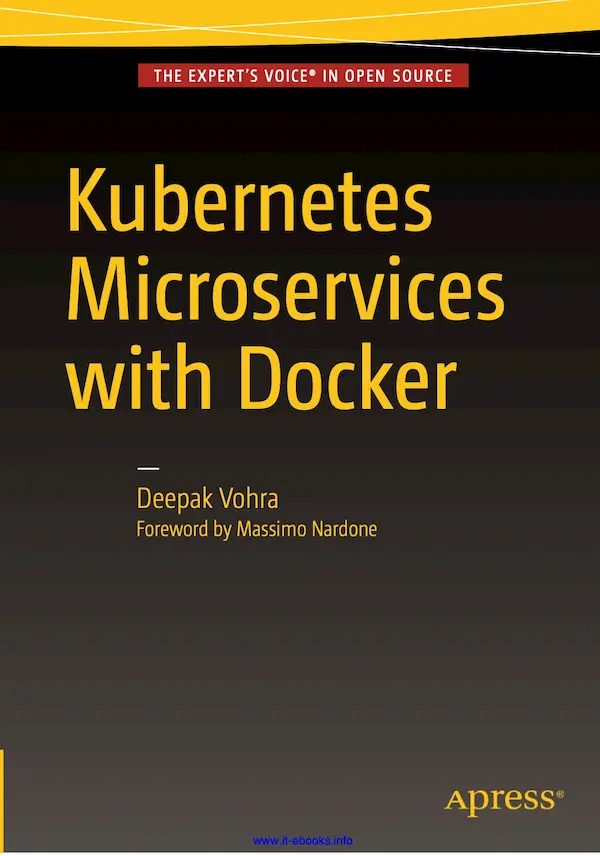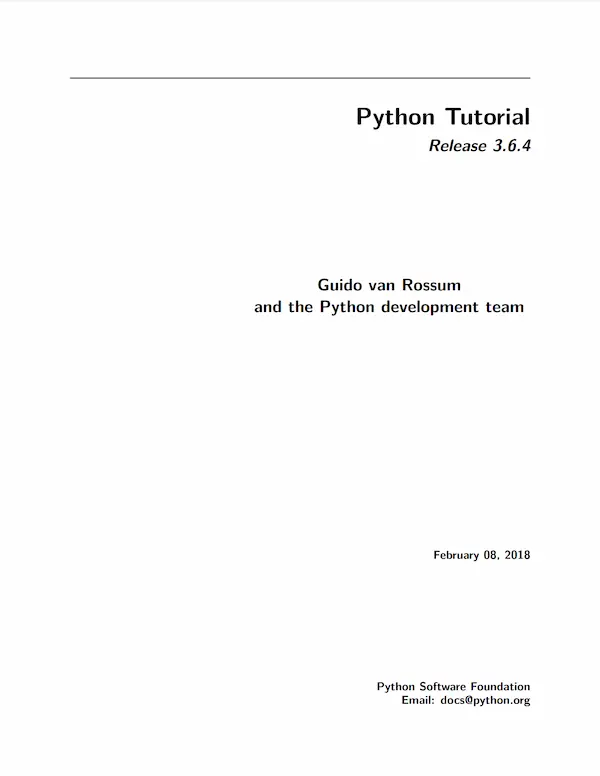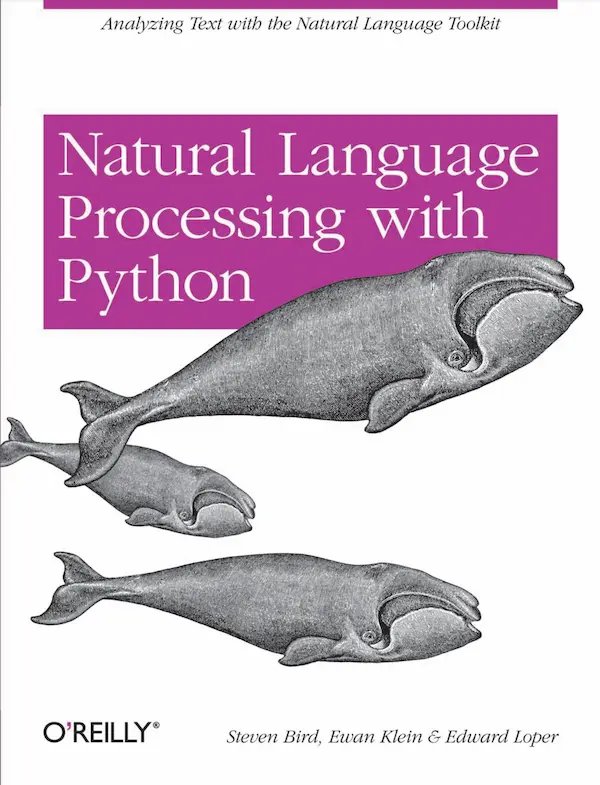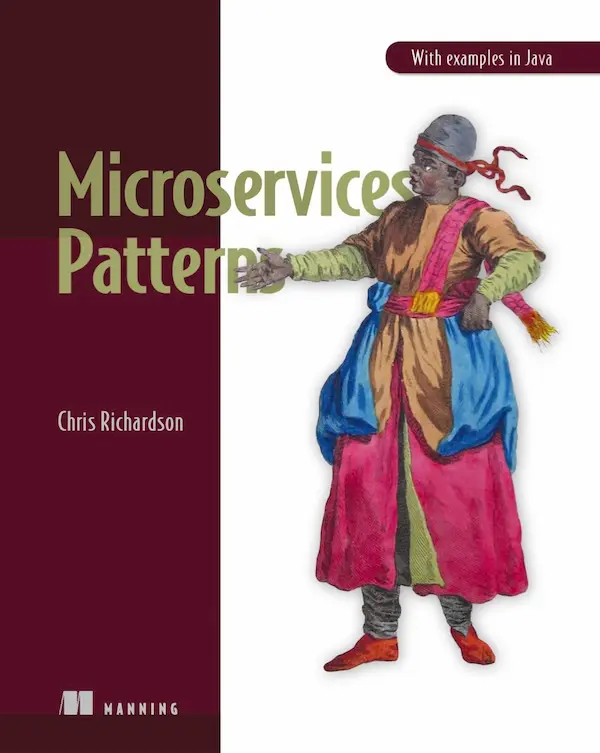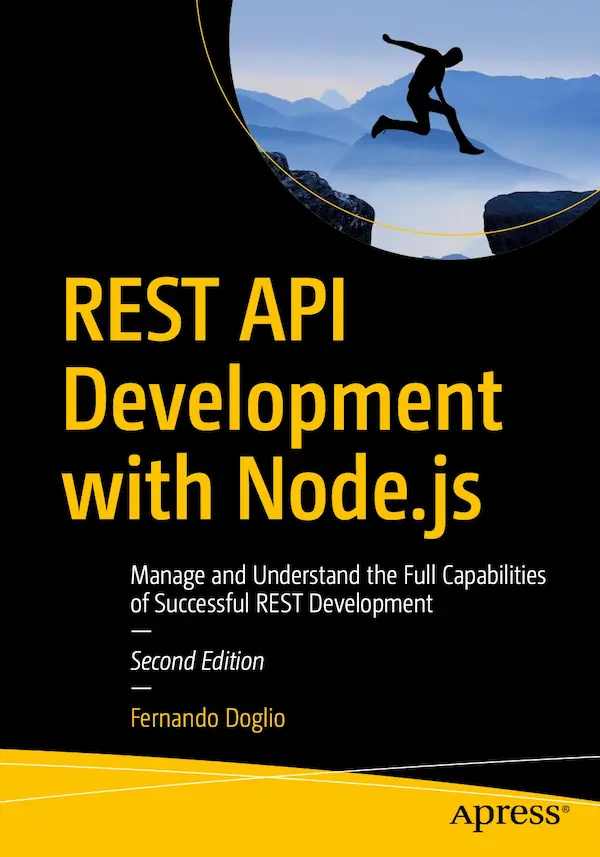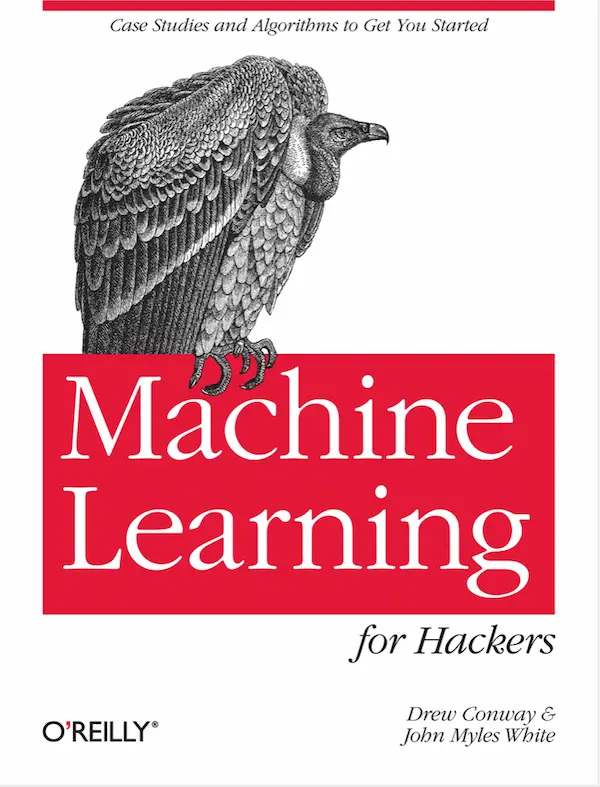
At the core of containers are features called control groups (or cgroups). Cgroups are important because they allow the host to limit and also share resources that each container utilizes. This is important for several reasons, including proper allocation of resources to ensure that each container functions smoothly
It also impacts security and prevents certain attacks, such as denial-of- service attacks. A distributed denial-of-service attack, or DDoS, is a cyberattack in which the attacker removes access to a certain machine or software.
This way, the real owner of those components might find out that the work he or she has been performing becomes unavailable to him or her. This allows the attacker to carry out changes, install malicious software, and cause other forms of harm. In some cases, they can indefinitely disrupt the services of the host.
But those are not the only benefits that containers are able to provide. Containers allow for easy application creation and their deployment. Containers can increase efficiency and make work faster for the developer.
Containers are also able to provide constant development, integration, and deployment features. This allows developers to receive reliable and frequent build and deployment. They are also able to perform their tasks with quick and easy rollbacks.
When developers are using containers, they have a certain consistency across platforms. They can run, test, and produce their applications the same way on the laptop or other computing device as they do in the cloud. This is because they have access to the containers no matter where they access them from.
Resources are isolated and this allows for users to predict the performance of the application. When they are able to predict performance, they can make corrections whenever necessary and are able to get an overall idea of what the end result might turn out to be.
It also impacts security and prevents certain attacks, such as denial-of- service attacks. A distributed denial-of-service attack, or DDoS, is a cyberattack in which the attacker removes access to a certain machine or software.
This way, the real owner of those components might find out that the work he or she has been performing becomes unavailable to him or her. This allows the attacker to carry out changes, install malicious software, and cause other forms of harm. In some cases, they can indefinitely disrupt the services of the host.
But those are not the only benefits that containers are able to provide. Containers allow for easy application creation and their deployment. Containers can increase efficiency and make work faster for the developer.
Containers are also able to provide constant development, integration, and deployment features. This allows developers to receive reliable and frequent build and deployment. They are also able to perform their tasks with quick and easy rollbacks.
When developers are using containers, they have a certain consistency across platforms. They can run, test, and produce their applications the same way on the laptop or other computing device as they do in the cloud. This is because they have access to the containers no matter where they access them from.
Resources are isolated and this allows for users to predict the performance of the application. When they are able to predict performance, they can make corrections whenever necessary and are able to get an overall idea of what the end result might turn out to be.



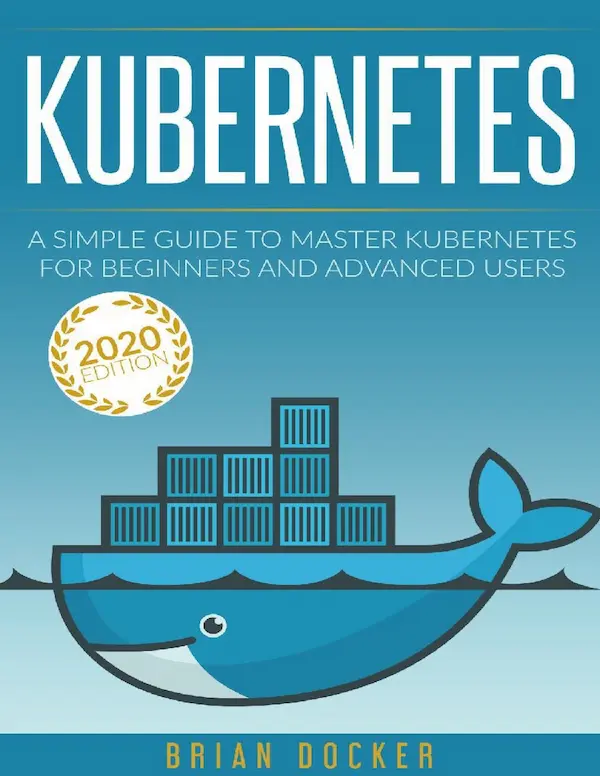

.webp)

